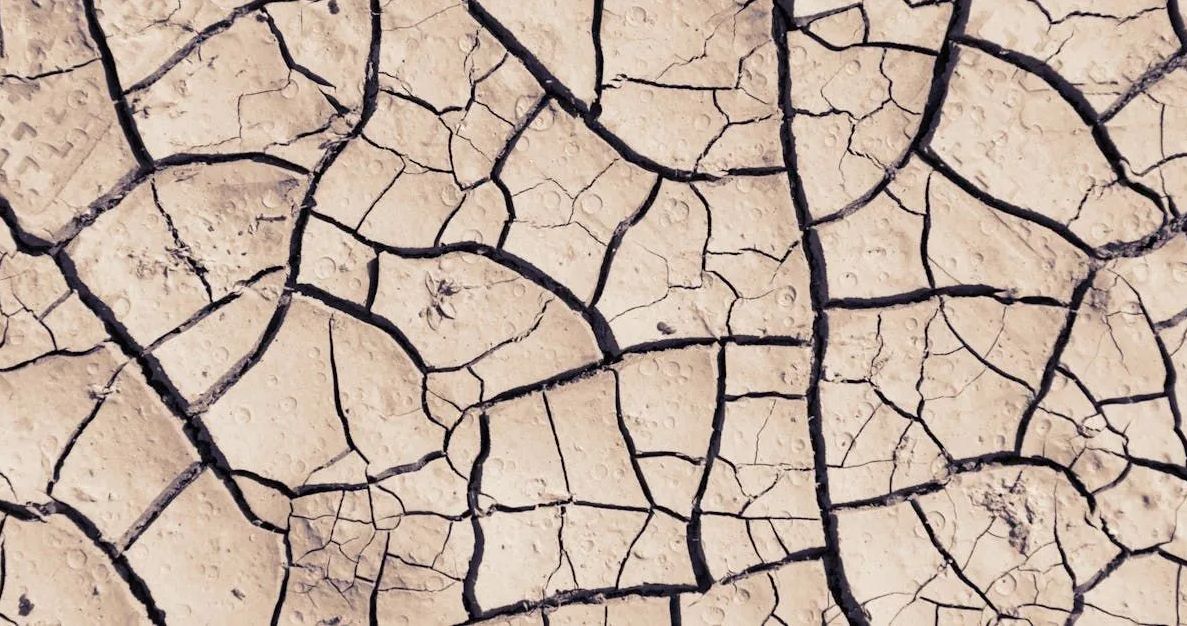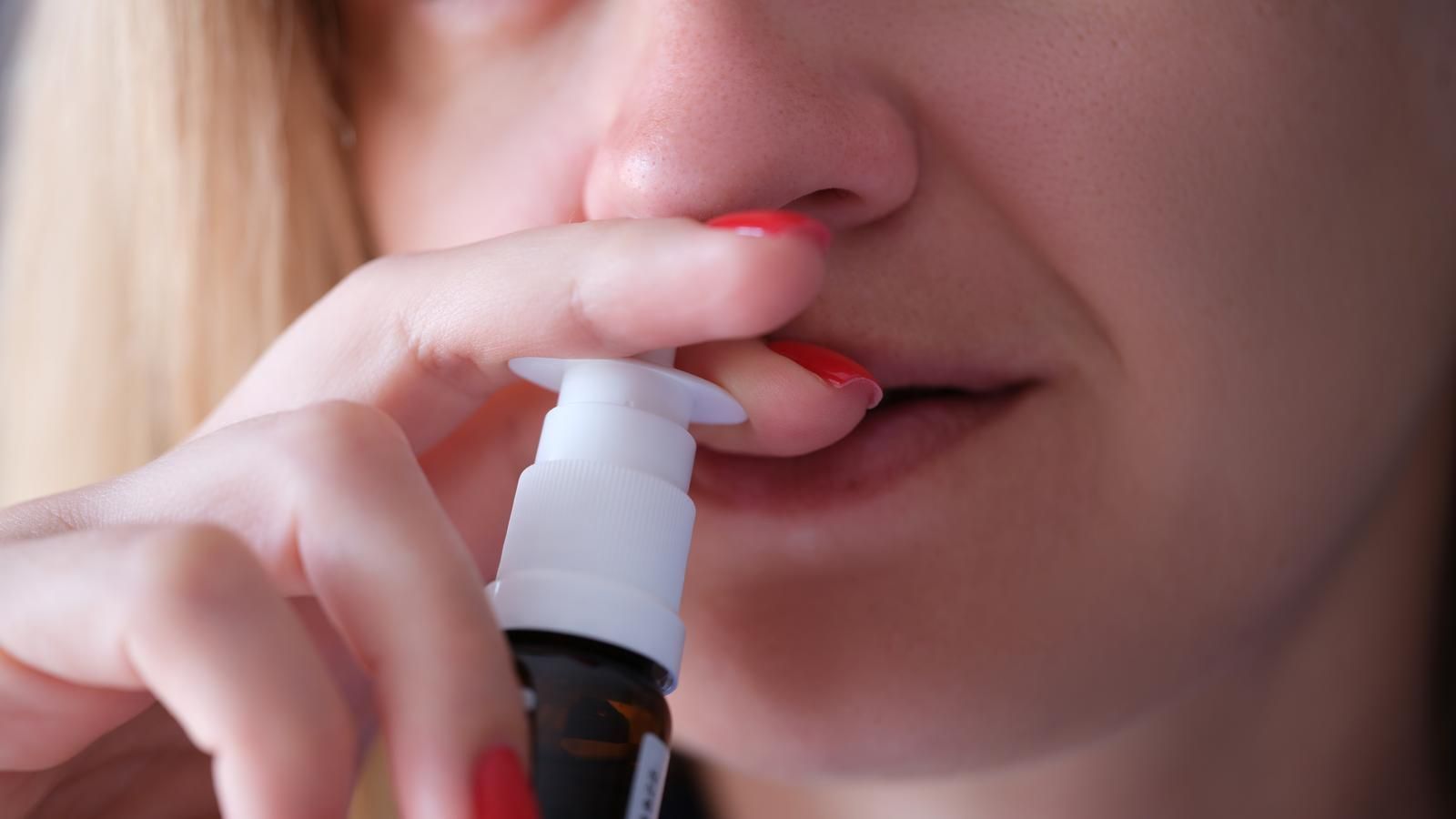How Do I Get Rid of a Crusty Nose?
A crusty nose can be uncomfortable, embarrassing, and sometimes even painful. Whether it's due to dryness, allergies, or a cold, having a crusty nose can disrupt your daily life. But don't worry—there are several effective ways to treat and prevent this condition. In this blog, we'll dive deep into the causes, symptoms, and management of a crusty nose. We will also introduce you to a product that can offer significant relief: Narisure™ Dry Nose Relief.

Understanding the Causes of a Crusty Nose
1. Dry Air
One of the most common causes of a crusty nose is exposure to dry air. This can be especially problematic during the winter months when indoor heating systems are in use. These systems can reduce the humidity levels in your home, leading to dry nasal passages.
2. Allergies
Allergic reactions can cause inflammation in the nasal passages, which can result in dryness and crusting. Common allergens include pollen, dust mites, pet dander, and certain foods.
3. Colds and Infections
Viral infections like the common cold can lead to increased mucus production. When the mucus dries, it can form crusts in the nose. Bacterial infections can also cause similar symptoms.
4. Medications
Certain medications, particularly nasal sprays and decongestants, can dry out the nasal passages if used frequently. This leads to a cycle of using more medication to relieve symptoms, which ultimately worsens the condition.
5. Autoimmune Diseases
Conditions like Sjogren's syndrome and lupus can affect the moisture-producing glands in your body, leading to dry nasal passages and crusting.
Symptoms of a Crusty Nose
A crusty nose can cause several uncomfortable symptoms, including:
- Dryness: A constant feeling of dryness inside the nose.
- Itching: Persistent itching that can lead to frequent nose scratching.
- Crusting: Formation of hard, dry crusts inside the nasal passages.
- Bleeding: Occasional bleeding can occur when the crusts are removed or dislodged. Sometimes the crusty nose is related to scabs in the nose as well.
- Pain and Discomfort: General discomfort or pain inside the nose.
Effective Remedies for a Crusty Nose
1. Humidifiers
Using a humidifier in your home can add moisture to the air, which helps keep your nasal passages hydrated. Aim for a humidity level between 30% and 50%.
2. Saline Nasal Sprays
Saline sprays can help moisten the nasal passages and soften crusts. They are safe for frequent use and can be particularly effective when used before bedtime.
3. Hydration
Drinking plenty of water is crucial for overall hydration, including the moisture levels in your nasal passages. Aim for at least 8 glasses of water per day.
4. Avoid Irritants
Try to avoid known irritants like cigarette smoke, strong perfumes, and harsh cleaning chemicals. These substances can aggravate dryness and crusting in the nose.
5. Use Narisure™ Dry Nose Relief
For a targeted solution, consider using Narisure™ Dry Nose Relief. This product is formulated with Rose Geranium Oil and Vitamin E, both known for their soothing and moisturizing properties. It's free from harsh chemicals and artificial fragrances, making it safe for all ages.
How to Use Narisure™ Dry Nose Relief
Step-by-Step Guide:
- Clean Your Hands: Always wash your hands thoroughly before applying any nasal product.
- Apply a Small Amount: Use a clean cotton swab or your fingertip to apply a small amount of Narisure™ inside each nostril.
- Massage Gently: Gently massage the product into the nasal passages to ensure even distribution.
- Repeat as Needed: Use as directed on the packaging or as needed for relief.
Prevention Tips
1. Maintain Good Hygiene
Regularly clean your nostrils with saline solutions to remove any accumulated dirt or allergens.
2. Manage Allergies
If you know you have allergies, take preventive measures such as using air purifiers and avoiding known allergens.
3. Stay Hydrated
As mentioned earlier, staying hydrated is crucial for preventing dryness in your nasal passages.
4. Avoid Overuse of Nasal Sprays
Use decongestant sprays sparingly and follow the instructions carefully to avoid drying out your nasal passages.
5. Protect Your Nose in Cold Weather
In cold weather, consider wearing a scarf or mask to protect your nose from the drying effects of cold air.
When to See a Doctor
While most cases of a crusty nose can be managed at home, there are times when you should seek medical advice:
- Persistent Symptoms: If your symptoms persist despite home treatment.
- Severe Pain: If you experience severe pain or discomfort.
- Frequent Bleeding: If you have frequent nosebleeds.
- Signs of Infection: If you notice green or yellow discharge, fever, or other signs of infection.
Get Relief from your Crusty Nose
A crusty nose is an uncomfortable condition that can be effectively treated and prevented with proper care and attention. By understanding the causes and symptoms, you can take steps to alleviate your discomfort. Using products like Narisure™ Dry Nose Relief can provide targeted relief and help maintain healthy nasal passages.
Remember, maintaining good nasal hygiene, staying hydrated, and avoiding known irritants are key strategies for preventing a crusty nose. If your symptoms persist or worsen, don't hesitate to consult a healthcare professional for further advice.
Disclaimer
The information provided in this blog is for informational purposes only and is not intended as a substitute for professional medical advice, diagnosis, or treatment. Always seek the advice of your physician or other qualified health provider with any questions you may have regarding a medical condition. Never disregard professional medical advice or delay in seeking it because of something you have read on this blog.












